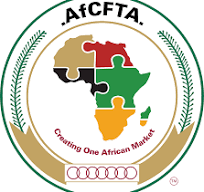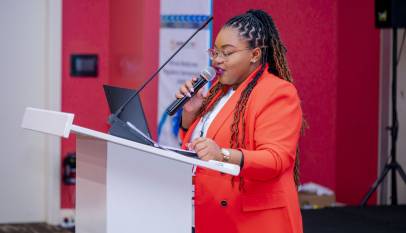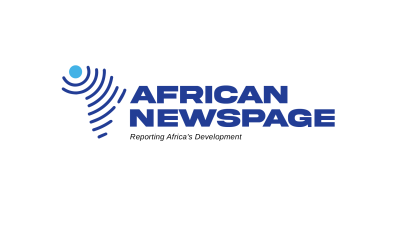PROMOTED: NIPSS-PAS Study Tour: A Bird’s-eye View of Niger’s Revitalization of PHC System for Universal Healthcare Coverage
Between May 6 and 11, members of study group five of the Senior Executive Couse (SEC) 41 of the National Institute for Policy and Strategic Studies (NIPSS) were in Niger state to understudy its healthcare financing model, in partial fulfillment of their Presidential Mandate of researching and advising the Nigerian government on the most effective strategies for funding healthcare delivery towards attaining Universal Healthcare Coverage (UHC) in Nigeria
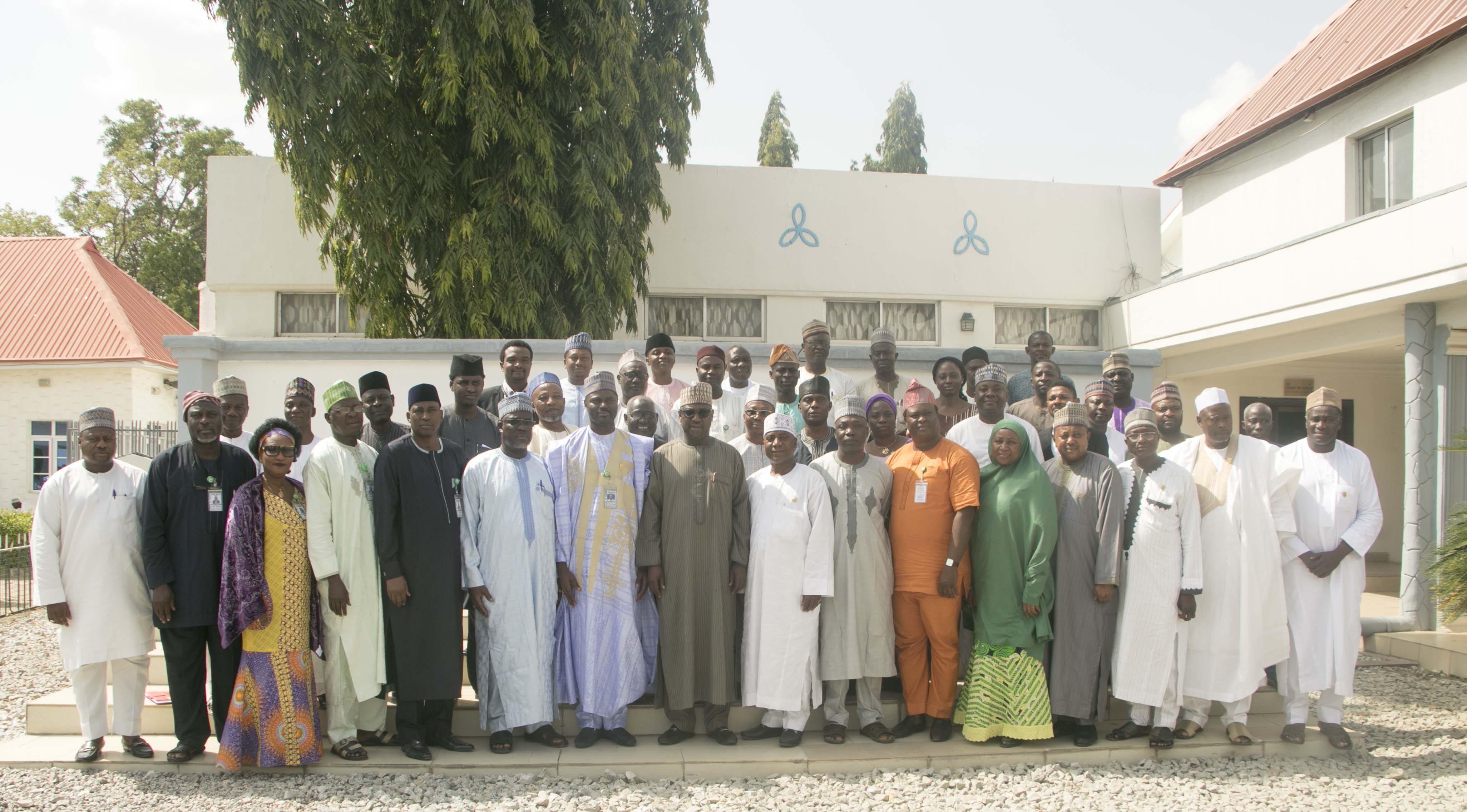
Situated on the Jos Plateau in northcentral Nigeria, notable for its high bounding scarp and savannah landscape, the geographic positioning of the National Institute for Policy and Strategic Studies (NIPSS) is as strategic as its lofty mandate: being the nation’s foremost policy think-tank. Founded in 1979, the primary responsibility of NIPSS is developing a crop of top-class technocrats “of high intellectual capacity, capable of conceptualizing and anchoring strategic, innovative and dynamic policy initiatives critical for national development.”
Therefore, courses at NIPSS are focused on expanding participants’ outlook and perspectives as well as stretching their conceptual capacity. Thus, course participants carry out in-depth research into the nation’s most critical social, scientific, and cultural challenges and consequently formulate and proffer actionable recommendations and solutions to the government. As the flagship of NIPSS, the Senior Executive Course (SEC) is attended by mid-to-senior level bureaucrats, private sector leaders, members of the armed forces as well as other security and para-military agencies.
The exclusive SEC is a ten-month programme which lasts from February through November and its restricted membership is strictly by the nomination of the sponsoring organization, which is again subject to the President’s approval. The study theme for each year’s SEC is selected by the President himself hence has to be a topical issue of strategic national importance. Therefore, by course end, participants present a robust, evidence-based and actionable policy paper to the government during a Presidential Parley held every November.
The NIPSS-PAS Niger study tour
For now twelve years, the National Institute for Policy and Strategic Studies (NIPSS) have continuously collaborated with the nonprofit development Research and Projects Centre (dRPC), to build the capacity of senior civil servants at state and federal levels as well as members of non-governmental organizations, especially in the areas of health and education. This alliance was borne out of the need to bridge the gap existing between government policymaking and the end users of government policies: the people. This time, dRPC’s partnership with NIPSS is under the Partnership for Advocacy in Child and Family Health at Scale (PACFaH@Scale) or simply the PAS project.
PAS is a five-year health and social accountability project funded by the Bill and Melinda Gates Foundation (BMGF) which advocates to the executives and legislatures at federal, state and Local Government Area (LGA) levels, the need to fulfill their service and social compacts with the citizens, fulfill promises made and implement policies, laws and regulations that have positive health impacts on the people.
On the other hand, beyond receiving series of lectures in subjects as diverse as leadership, international relations, economic management as well peace and security studies, from renown experts, every year, participants of the NIPSS Senior Executive Course embark on series of local, continental and intercontinental study tours to carry out evidence-based research on varied socioeconomic challenges facing Nigeria – based on the year’s theme as given to them by the President. This year’s theme is understudying best practices for funding Universal Health Coverage (UHC) in Nigeria.
Usually carried out in syndicate groups, course participants visit select Nigerian states, African countries and countries outside of Africa to understudy their systems by interacting with stakeholders (based on the year’s specific theme) and benchmarking existing best practices – be it on public health, education or security. In the course of these study tours, which are held under the Chatham House Rule of non-attribution, course participants engage in no-holds barred interactions with policymakers and policy implementers so as to adequately harness ideas on ‘what works and what doesn’t’ as regards policy formulation and implementation which feeds into their final report to the President.
The Niger Health 1.0 Reform Agenda
Niger state was chosen to be among 12 Nigerian states (6 northern; 6 southern) whose healthcare financing model was to be understudied by members of NIPSS SEC 41, for its recent significant efforts at repositioning its healthcare system aimed at advancing the attainment of Universal Health Coverage. In recent times, amongst others, Niger had taken giant steps such as improving healthcare funding through increased budgetary allocation; putting its primary healthcare system under one roof (PHCUOR); and strengthening of its drugs and consumables supply system through the state’s Supply Chain Transformation Initiative.
Other recognizable efforts are adoption of the State-supported Health Insurance Scheme (SSHIS) which allowed Niger the opportunity to leverage the Federal Government’s Basic Health Care Provision Fund (BHCPF); boosting of its Human Resource for Health (HRH) through employment of more healthcare workers and domestication of the Task Shifting and Task Sharing (TSTS) policy; as well as adoption of the Integrated Supportive Supervision (ISS) policy.
This has enabled the state revamped and strengthened its healthcare delivery system by ensuring improved coordination, communication and cooperation across health sector agencies and eliminating the hitherto existing rivalry and disharmony among them. This is all thanks to an eight-point health reform agenda known as the Niger One Health System (Niger Health 1.0).
As a result of these deliberate and strategic efforts, Niger state has recorded many firsts in healthcare delivery in Nigeria as well as attracted the support of the Federal Government and many donor organizations who now invest huge funds into its healthcare system. Niger now prides itself as one of the most donor-friendly states in Nigeria with several ongoing healthcare interventions by organizations such as the World Bank (through the Saving One Million Lives Program for Results) and the Bill and Melinda Gates Foundation (BMGF), which signed a 4-year, 1.2 billion naira MOU with Niger state in October 2017.
Moreover, Niger, whose vision is to be among top 3 states in terms of healthcare delivery in Nigeria, was one of first 3 Nigerian states to be enrolled in the BHCPF; having paid its counterpart funding of one hundred million naira, only 24 hours after the request was made. Exactly two weeks ago, the Honorable Minister of Health Prof Isaac Adewole flagged off the enrolment of clients under the BHCPF in Niger state, making it second only to Osun state in the country. And according to the latest PHCUOR policy implementation scorecard, Niger was adjudged the second best state in Nigeria, after Jigawa state.
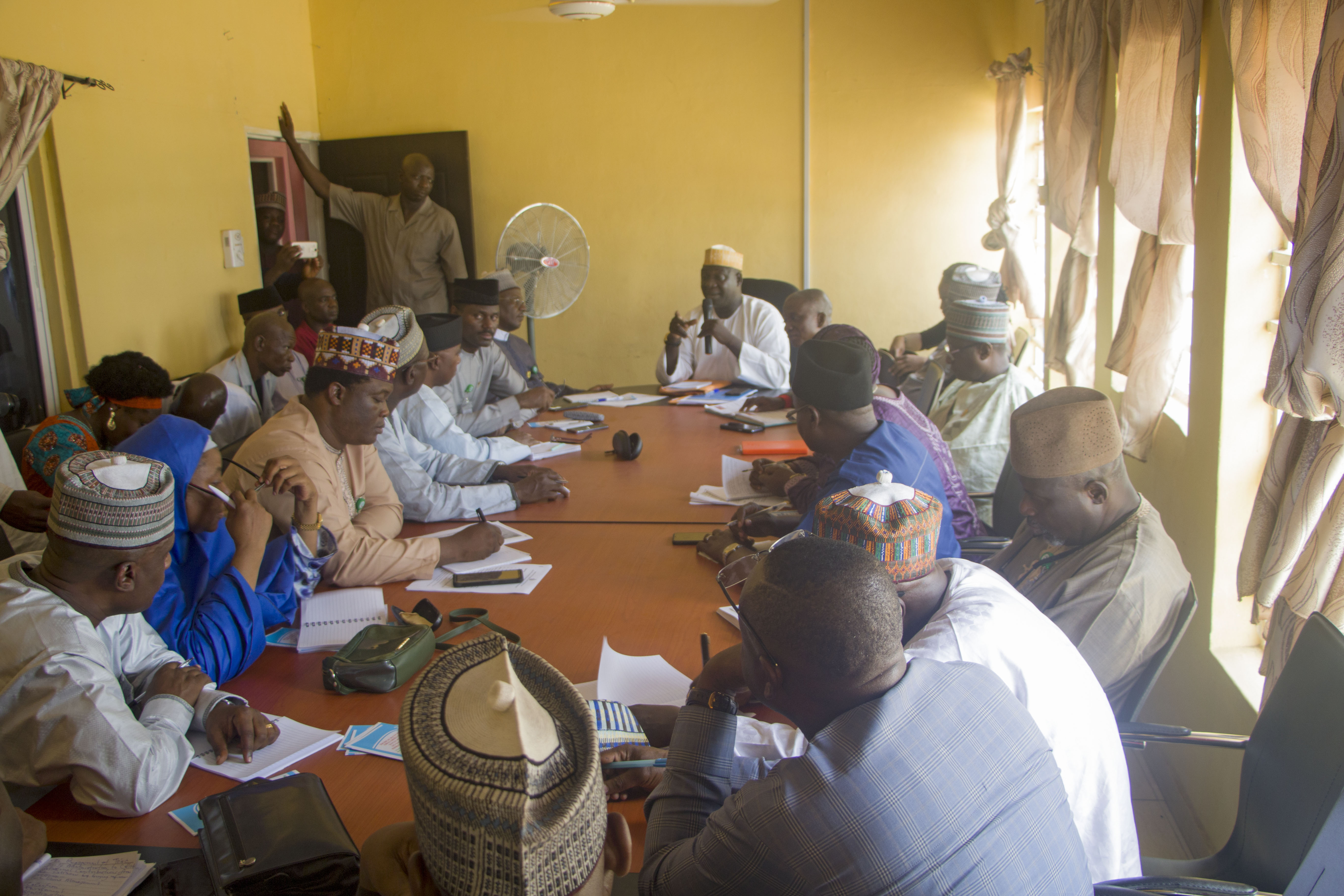
Putting Niger’s PHC Under One Roof
Integrating the entire system of primary healthcare governance at state level under a single authority including ensuring PHC workers are under “an administratively autonomous and self-accounting” state primary health care board (SPHCB) responsible for managing PHC services will go a long way in ending fragmentation and improving coordination in PHC delivery – it is the surest way to achieving UHC in Nigeria.
“Although PHCs are supposed to be under the responsibility of LGAs, we realized they do not have the capacity to take care of them so we decided to adopt the primary healthcare under one roof (PHCUOR) policy,” Governor Abubakar Bello of Niger state told the NIPSS-PAS team while visiting him in his office in Minna, the state capital. “We are concerned about the state of our health facilities and have realized the need to invest more in primary healthcare centres to take the pressure off the secondary facilities. We have started a programme of ensuring availability of one functional PHC per ward which will reduce the risks associated with travels to urban areas for sick people and also lessen the pressure on secondary facilities.”
Also speaking on Niger’s efforts towards implementing the PHCUOR policy at the meeting, Commissioner of Health Dr Mustapha Jibril, said Niger had moved from 6th place in the PHCUOR implementation scorecard to 2nd place (behind Jigawa state), according to the latest scorecard, having introduced the basic minimum package in PHCs, addressed Human Resource for Health (HRH) gaps and transferred all health workers under the PHCs from their respective LGAs to the Niger State Primary Health Care Development Agency (NSPHCDA), amongst other components of PHCUOR. The last step, he said, had earned them a five hundred thousand dollar grant from the World Bank through its Saving One Million Lives Program for Result (SOML PforR).
However, Dr Jibril said Niger’s major drawback in the implementation of PHCOUR was the fact that its SPHCDA was not being properly funded – which gave Jigawa an edge over them.
“The law stipulates that 15% of the Consolidated Revenue of the LGAs should go into funding the SPHCDA. That is [still] not in place; instead the governor has approved a part of the funds to go to the SPHCDA. The State Ministry of Health is currently negotiating for 7.5% of the 15%, for the start. However, implementing the 15% will have long-lasting effects and be more sustainable – it was what propelled Jigawa to first position in the scorecard. At the moment, the SPHCDA is funded by an imprest from the state government and partners’ contribution through the BHCPF and SOML PforR,” he said.
Although Niger state has over 1400 PHCs, only 20% of these can be said to be functional. And despite Niger’s commendable strides in the area of implementing PHCUOR, including efforts aimed at ensuring the obtainability of (at least) one functional PHC across each of its 274 political wards, a lot still needs to be done, in terms of ensuring the availability of Basic Minimum Package of Health Services (BMPHS) at the supposedly model PHCs.
For example, a visit to one of the 274 model PHCs at Beji community of Bosso Local Government Area (LGA) – where the PHCUOR policy was launched in Niger State by the Honourable Minister of Health Isaac Adewole in 2016 – and a visit to another PHC at Paiko community of Paikoro LGA, by the NIPSS-PAS team, revealed an obvious gap in personnel, equipment as well as drugs and consumables. Although the facility at Beji is a comprehensive PHC, there wasn’t a single permanently resident doctor at the facility, except for Community Health Extension Workers (CHEWs), Junior CHEWS and Community Health Officers (CHOs).
Dr Nasirdeen Usman, himself an ex-participant in the SEC at NIPSS, is currently the acting director of studies of the National Institute for Policy and Strategic Studies, who was also at the head of the NIPSS-PAS study tour delegation to Niger state. He believes although Niger state had taken “some good steps” in revamping its healthcare system, particularly the primary healthcare (PHC) system, the state still had “a long way to go” in terms of attainment of Universal Healthcare Coverage (UHC).
“For Niger, although they have taken some good steps, a lot still need to be done, to be honest. We have visited PHCs; the situation was not too good. Most of the PHCs were understaffed – in terms of number and quality of staffing. We visited PHCs that were supposed to be comprehensive health centres yet there was not a single doctor which means they could not provide the necessary services. Some of the PHCs had no running water, power was an issue, and laboratory equipment was an issue. You cannot provide primary healthcare under one roof unless you have the basic minimum package; there is a minimum package that has to be available across all PHCs,” said Dr Usman.
“Our group is looking at the framework for funding healthcare; the challenges and various options to optimally fund healthcare services in Nigeria. And so we have visited primary, secondary and tertiary healthcare centres. We hope that by the time we conclude our study and provide them with a copy of our report, it will be instrument to be retrospective about so as to avoid some of these pitfalls. There has to be a holistic approach to providing healthcare but by and large, they have taken some very good steps.”
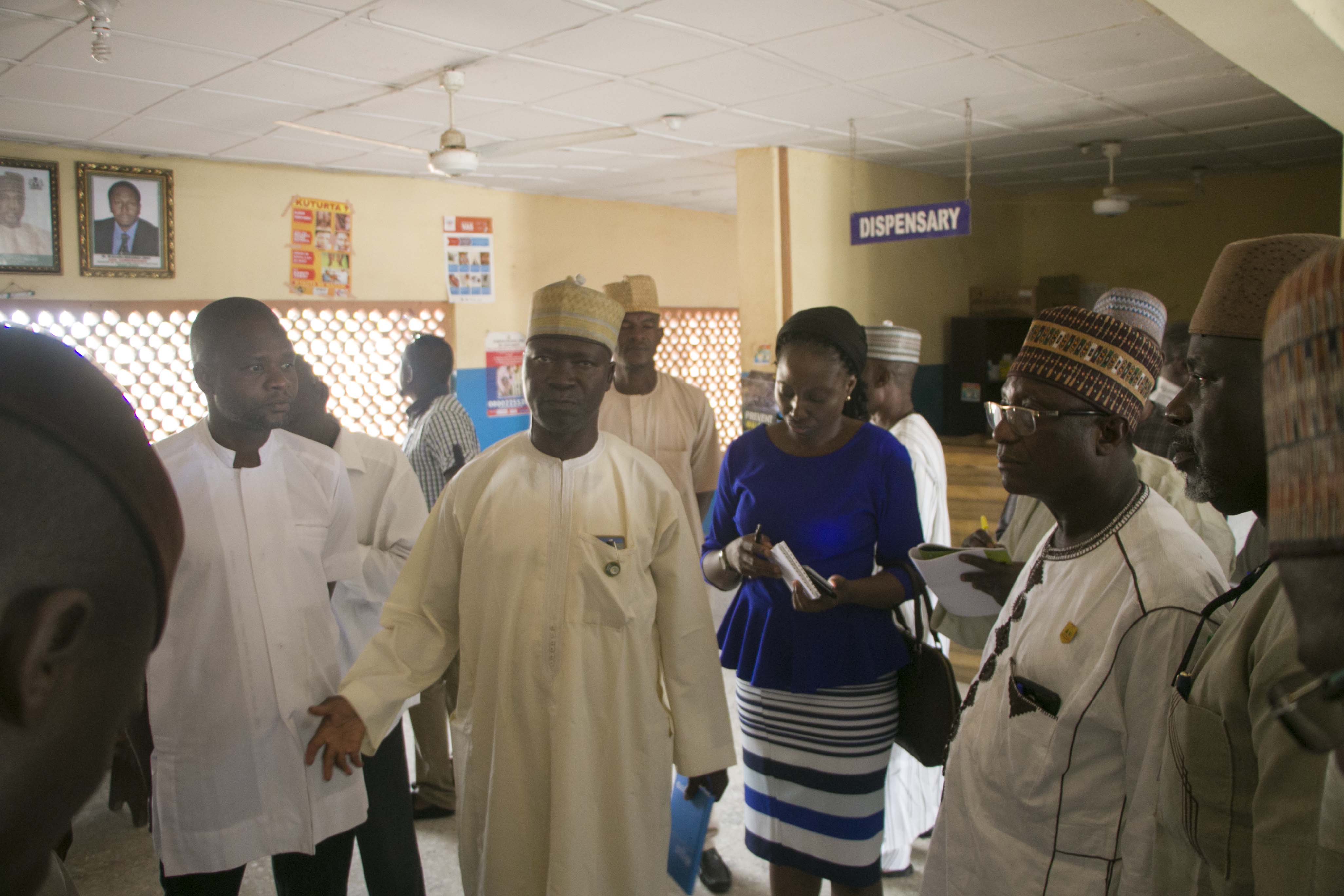
A look at Niger’s NiCare
Regrettably, since the launch of access to care under the National Health Insurance Scheme (NHIS) in 2005, the NHIS has not achieved much in terms of guaranteeing access to quality and affordable healthcare to all Nigerians. Till date, less than 5% of Nigerians are covered by the scheme, most of them federal civil servants who had been mandatorily enrolled in the NHIS through their organisations. Therefore, in 2015, the National Council on Health (NCH), the highest decision-making and advisory body for health in Nigeria, endorsed a memo seeking for the expansion and decentralization of NHIS in the form of State-supported Social Health Insurance Scheme (SSHIS).
The SSHIS was designed as a practical, evidence-based funding mechanism that is fiscally aligned with respective states’ resources and which is adapted to their various contexts, based on best practices, socio-cultural norms, and acceptance by the people. Many states have thus far gone ahead to adopt the SSHIS including Niger which plans to commence access to care under what it calls the Niger State Contributory Health Scheme (NGSCHS), in July 2019. Also known as NiCare, the NGSCHS seeks to provide affordable, comprehensive and unhindered quality healthcare services across the state.
Speaking about Niger’s readiness for the implementation of the contributory healthcare scheme, Dr Nasirdeen Usman said although Niger had already taken some right steps, a lot still needed to be done adding that having in place the right infrastructure and personnel to support implementation, was nonnegotiable. Failure to do this, he said, was a recipe for disaster as the scheme won’t enjoy the necessary trust and confidence among its clients.
“We have seen a lot of strides in Niger in terms of the establishment of a contributory healthcare scheme which will begin providing access to care in July. However, No matter how much you want to run a contributory healthcare scheme, once the [right] infrastructure and personnel are not in place, you are wasting your time because of the issue of trust and confidence; if they [right infrastructure and personnel] are not there. I think this is very critical and it is going to be part of our recommendation,” he said.
“If people join the scheme and pay the necessary premium but go to the healthcare facilities and realize the service is not available, either because qualified personnel, equipment or drugs are not available, then the whole scheme will collapse. So, a lot of efforts have to be made by the Niger State Government to ensure facilities, particularly the PHCs, are well structured. A lot has to be done in terms of personnel and equipment – It is only when that is done that the necessary confidence will be built in people and so they will be happy to join the scheme.”
Dr Usman also decried the fact that out-of-pocket expenses constituted over 80% of healthcare expenditure in Nigeria – a figure that he said was way higher than what was obtainable in other African countries such as Kenya and Rwanda where, he said, out-of-pocket expenses for health was around 15%-20%.
“Globally, it is not possible for government to fund healthcare delivery 100%; the current international best practice is through health insurance, such that citizens will contribute to a pool of resources to address their health needs. The National Health Insurance Scheme (NHIS) is only able to capture less than 5% of the population, who are in the formal sector. The informal sector which constitutes 78% of the population is still un-captured. There must be a deliberate effort to make sure the informal sector is also captured – that is where the real challenges are,” he noted.
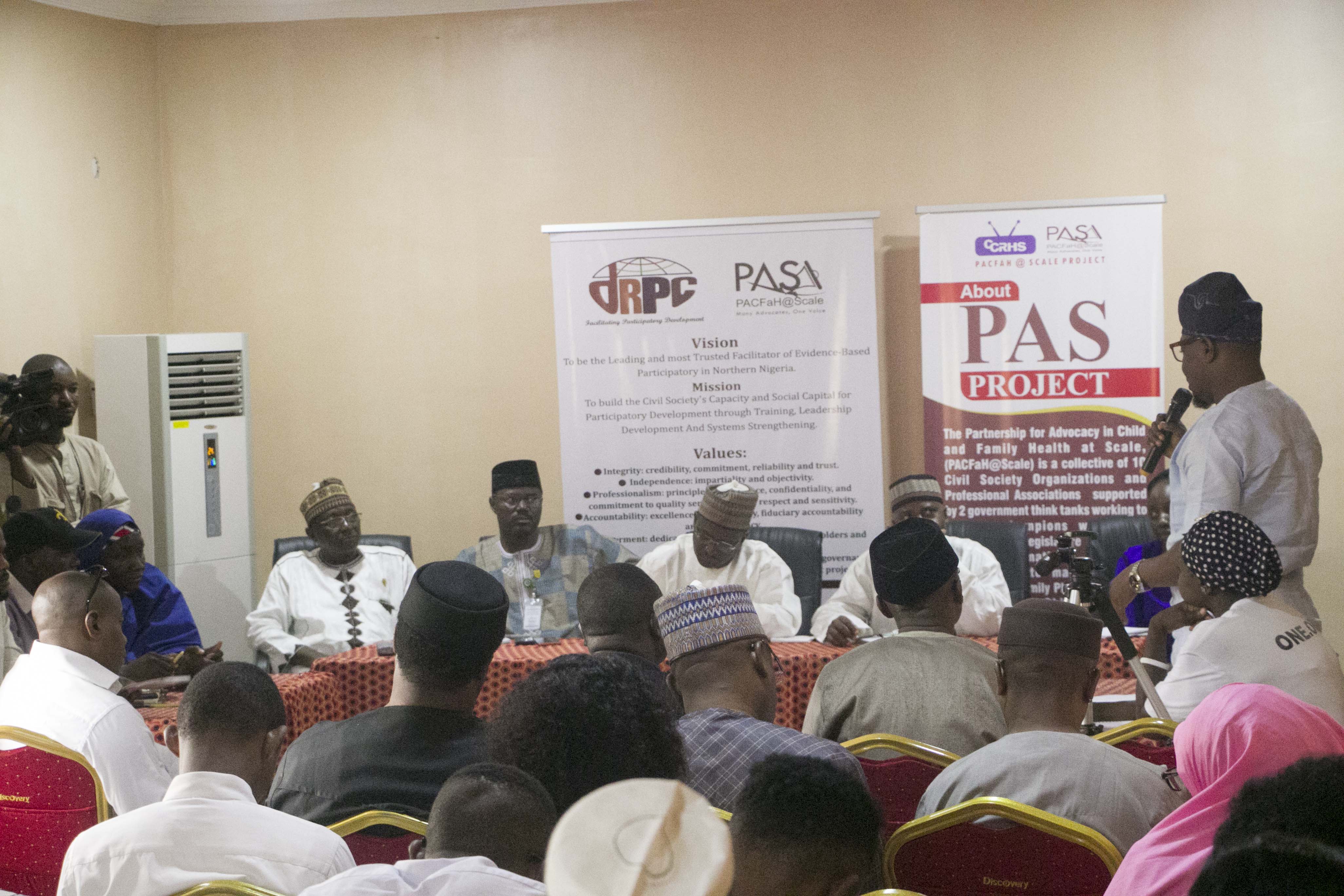
Bridging the Human Resource for Health (HRH) gap in Niger
At the heart of the challenges of healthcare delivery especially at PHC level is lack of qualified manpower to effectively and efficiently run the facilities. This is a fall-out of several factors among them the lack of qualified rural-based healthcare workers and refusal of urban-based healthcare workers to live and work in rural communities, most of which are remote and lacking of basic amenities such as pipe borne water, electricity and good schools.
Niger’s case is very peculiar: it is the state with the largest landmass in Nigeria (29,484 sq mil) covering 10% of Nigeria’s total landmass. Moreover, Niger’s poor road network system and difficult terrain also means a lot of logistical and transport challenges, also making it the Nigerian state with the highest number of hard-to-reach communities, over 4,700. However, it is worthy of note that the Governor Bello-led administration in Niger has made significant efforts towards improving the Human Resource for Health (HRH) gap in the state, including at PHC level, as part of the Niger Health 1.0 reform agenda, which seeks to consolidate, augment and remodel the state’s healthcare system including improving life expectancy from 47 to 75 years.
To attract and retain quality health workforce, Niger has moved to ensure conducive working condition for its healthcare workers; the state is the only Nigerian state to have fully (100%) implemented the Consolidated Health Salary Structure (CONHESS) and Consolidated Medical Salary Structure (CONMESS) salary structures, so far, according to Dr Muhammad Maku Sidi, permanent secretary at Niger State Ministry of Health (SMOH). It also pays monthly salaries on or before 24th of every month, which Dr Sidi said has improved retention of healthcare workers and continues to attract more from other states to Niger.
“We now have a blank cheque for recruitment in the health sector. We used to have 1 or 2 medical consultants in the entire state; we have now recruited 23 more making them 25. We also recruited 264 midwives which were posted to our 274 model PHCs across the state; our target is to have 2 to 4 midwives per PHC. This is to address maternal mortality since midwives are skilled birth attendants. And to address the shortage of manpower (quality and quantity), we adopted the Task Shifting Task Sharing (TSTS) policy. Now, CHEWS and J-CHEWs are trained to carry out tasks that are actually not under their scope of duty; they should be able to mitigate complications before referrals are made,” said Dr Sidi.
He added that the state was building a robust Health Management Information System (HMIS) and also working towards establishing an Emergency Operations Centre (EOC) to prevent, detect and respond to disease outbreaks. Niger has also adopted an Integrated Supportive Supervision (ISS) framework to strengthen monitoring and supervision as well as strengthened its drugs supply system and was considering adopting a drone-enabled delivery system for medical consumables, to ensure timely delivery of drugs and other consumables, according to Dr Sidi.
Also speaking about Niger’s strides in the area of addressing health personnel challenges at remote rural areas, Commissioner of Health Dr Mustapha Jibril said the state had signed a 4-year MoU with BMGF focused on the transformation of Niger state’s primary healthcare system to enable it deliver quality and affordable healthcare services including improving supply chain of affordable and quality health commodities.
“We are working with BMGF to identify eligible young people especially females that can read and write, to equip them with the basic training to provide [basic] healthcare services within their respective communities; they should be able to identify the sick and link them up with the PHCs. We are also working to integrate and bring under one platform, the Community Health Workers, Community-oriented Resource Persons and Volunteer Community Mobilisers (VCMs), in line with the federal government’s Community Health Influencers, Promoters and Services (CHIPS) programme,” said Dr Jibril.
Launched in January 2018, the Community Health Influencers, Promoters and Services (CHIPS) programme is a Federal Government initiative focused on revitalising Nigeria’s Primary Health Care (PHC) system by addressing HRH challenges and other barriers to demand for primary healthcare services and ensuring supply of integrated PHC interventions. The programme seeks to achieve this by “linking the health workforce at health centres in rural communities to the households and tackling delays in decision to seek care, accessing care and receiving adequate healthcare.”
“To ensure retention, health workers will be recruited from within their own localities and then be posted to same localities – but not before they are made to sign undertakings not to seek for transfer to urban areas. We are now planning to do a specialized recruitment exercise whereby healthcare workers will be recruited for specific locations and be paid dislocation allowances to encourage them to stay. We will be recruiting indigenes of the respective localities so they can work in the model PHCs which will act as referral centers for other PHCs, as part of an integrated network of care,” said Jibril.
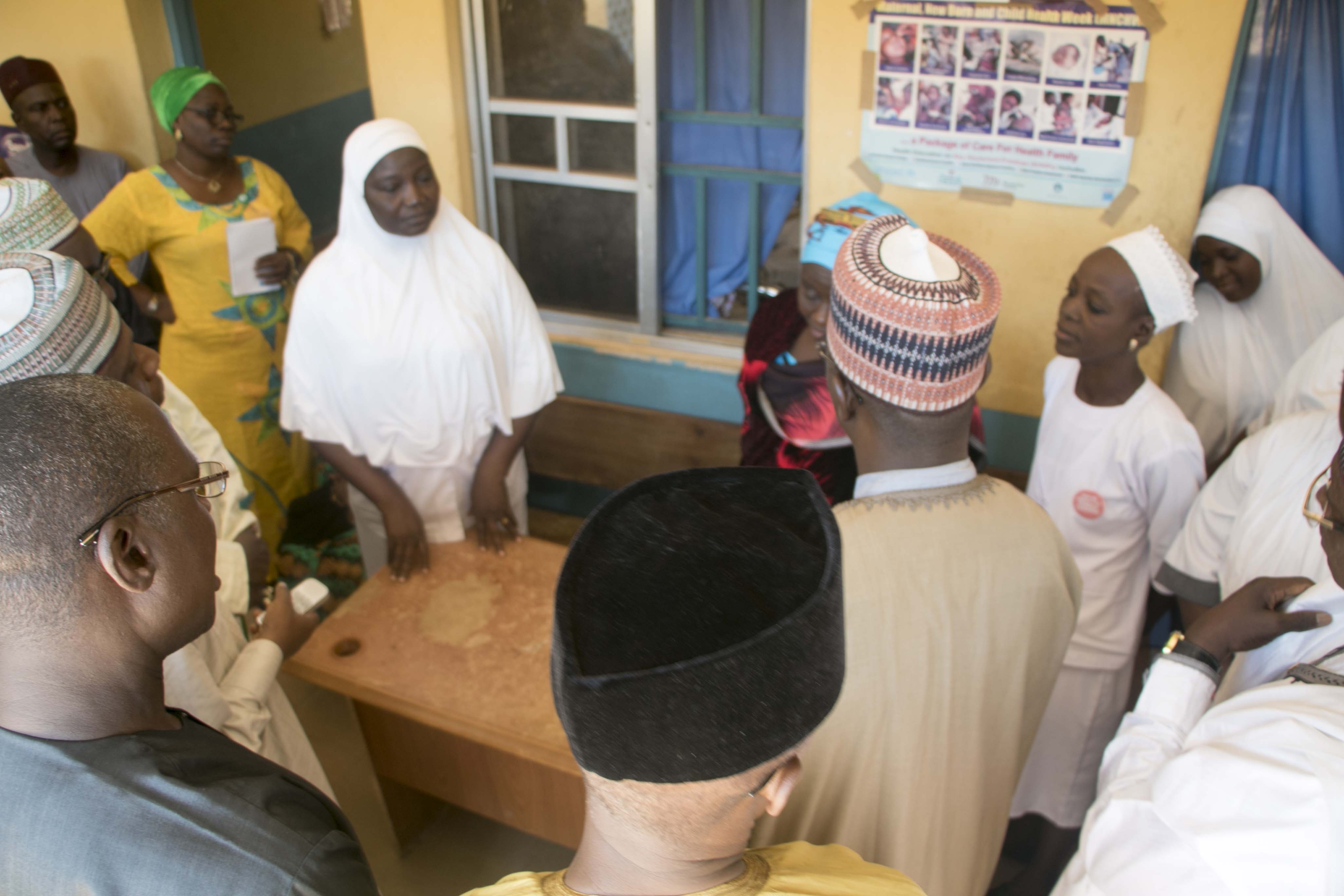
Way forward for Niger
Dr Bamsa Olutola, PHC expert and dRPC-PAS consultant who worked with the NIPSS study tour team in Niger state believes the PHCs in Niger and their health workers were still not ready for the roll-out of the contributory healthcare scheme adding that for significant numbers of patients in Niger, the secondary health facilities were still the first point of contact with the healthcare system – instead of the PHCs.
“Interactions with healthcare workers and civil society organizations (CSOs) do not indicate a community ready to subscribe to the scheme – CSOs seem to have a different funding paradigm from what was explained to the tour team [by state officials]; there is the worry that a bread winner with more than 1 wife and 4 children may find it hard to pay the monthly premium – or rather be convinced to do so. Also, there is still a huge gap in primary healthcare patronage that may be due to a lack of trust in the quality of care provided at the PHC level and primary healthcare is the cornerstone of community-based or state-wide health insurance scheme,” she said.
Dr Olutola said healthcare services at PHC level needed to not only be available but also adequate and within physical and economic reach of the poor. Hence, the need for Niger to identify and fix existing gaps across its 274 focal PHCs – using the national minimum standards for primary healthcare in Nigeria as a guide. This, as well as a plan to expand the PHC revitalization programme to other primary health centres, clinics and health posts, would improve demand for services at PHC level.
“Address gaps in PHC management to ensure revision and regular provision of funds allocated, and oversee mechanisms that can augment finances and improve quality of healthcare provided. Address recruitment of skilled staff for PHC services at PHC level, as is being done at state level, and explore instituting formal training or mentoring programs through affiliations between primary, secondary and tertiary institutions,” Dr Olutola urged the Niger State Government.
Thanks to its 8-point health reform agenda and a political will on the part of the current leadership in the state, Niger has (from 2015 to date) doubtlessly made commendable and substantial progress in terms of revamping its healthcare delivery system, by evolving deliberate institutional and system strengthening mechanisms aimed at improving funding framework, ensuring a robust supply chain management system and integrating primary healthcare under one roof, amongst others.
Moreover, there is a noticeable improved harmony, coordination and communication across Niger health ministry’s agencies brought about by, amongst others, a unified Annual Operational Plan (AOP) which clearly defines the roles of health sector agencies and also guides donor interventions in the state. Nonetheless, it is still not yet uhuru for Niger, considering the previous years of neglect for the health sector, especially the PHC sector in the state. Therefore, the state still has a long way to go in terms of attaining Universal Healthcare Coverage.
You can read about the second (Lagos) leg of the local study tour by members of study group five of the Senior Executive Course (SEC) 41 at the National Institute for Policy and Strategic Studies (NIPSS) here; between May 13 and 18, 2019 they were in Lagos state where they understudied the state’s model healthcare system .







